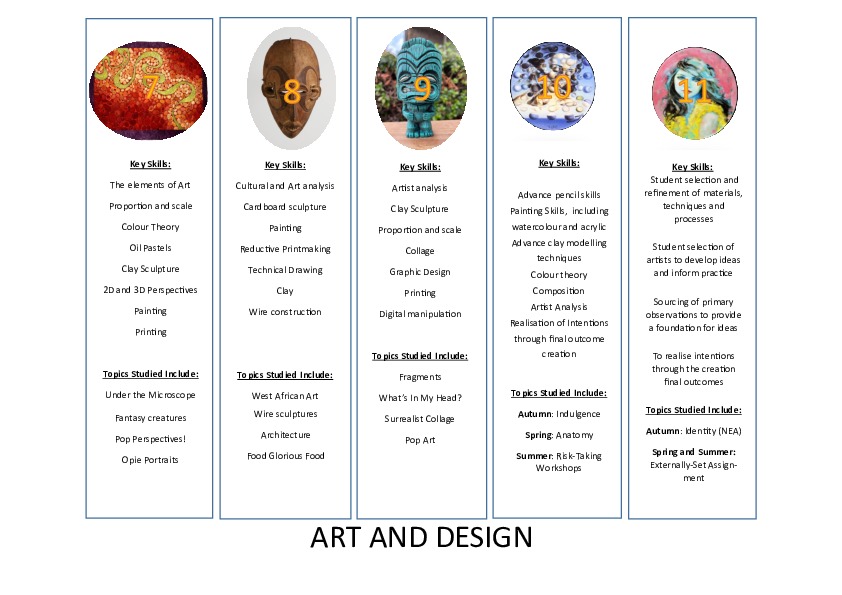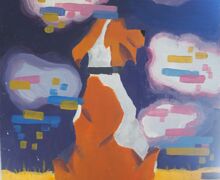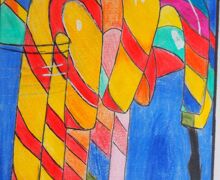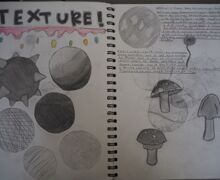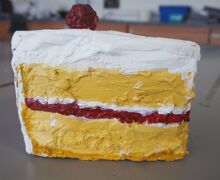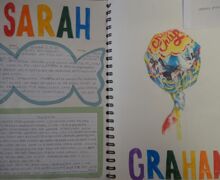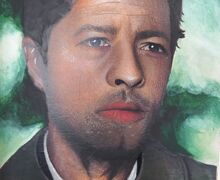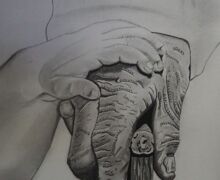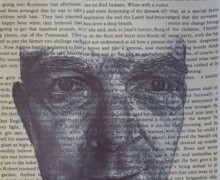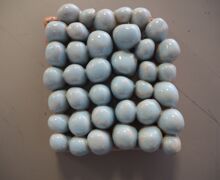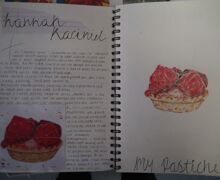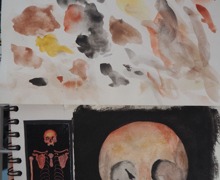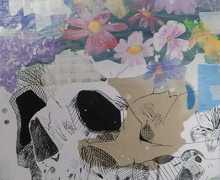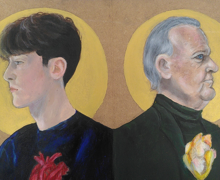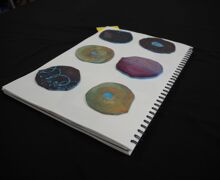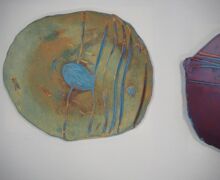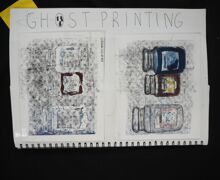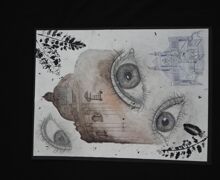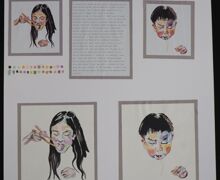- Home
- Secondary
- Subject Information
Art
Back
Introduction
Andy Warhol once said, “They always say time changes things, but you actually have to change them yourself.” As artists and photographers, there is no better quote that personifies our work ethic, resilience and creativity here in the Art department.
From Year 7 to Year 13, the Art department encourages students to take creative risks, work hard for their outcomes, and build up their skills in a variety of materials and media to help them succeed. The Art department staff come with a variety of skills, artistic training and experiences that enable pupils to experience a varied and exciting curriculum. We want all pupils to have a unique and enriching experience of making Art; equipping them with the skills, techniques, knowledge and understanding to produce work to the best of their individual abilities.
We offer an exciting varied and ambitious programme of study.
Our subject area seeks to develop the following in all our students:
- An understanding of the work and approaches of artists, craftspeople or designers from contemporary and/or historical contexts, periods, societies and cultures.
- Ways in which meanings, ideas and intentions can be communicated through visual and tactile language, using the formal elements of art;
- Colour, line, form, shape, tone, texture in both 2-D and 3-D materials; and,
- The development and exploration of different materials in a controlled setting
Drawing into Painting Workshop
I was very pleased to be invited to lead a workshop at Cecil Jones Academy... I ran a workshop for around twenty year ten students called "Drawing into Painting", which is designed to allow students to explore how to draw and redraw with their brushes during the painting process rather than simply filling in a carefully premade drawing.
Although the workshop presents distinct challenges to this particular year group, working much larger than they might have previously, having to be bold and trust their own decision making as they exploit the potential of large paint brushes, there is fun to be had as the group take on these challenges together sharing information gained as they go. Tasks build upon each other but students aren't told in advance as to what comes next. The students I worked with had the courage to give every activity their best shot regardless of whether they felt the task was for them. So many students surprised themselves with what they were actually capable of producing when that decisive moment came. As a group the class was very keen to learn from each other and take their own artworks to a place as yet undiscovered. As the first artist through the door I was very well rewarded by the school's hospitality and the students' ambitious efforts. Thank you for a great day.
Paul Brandford We Explore Drawing www.weexploredrawing.co.uk

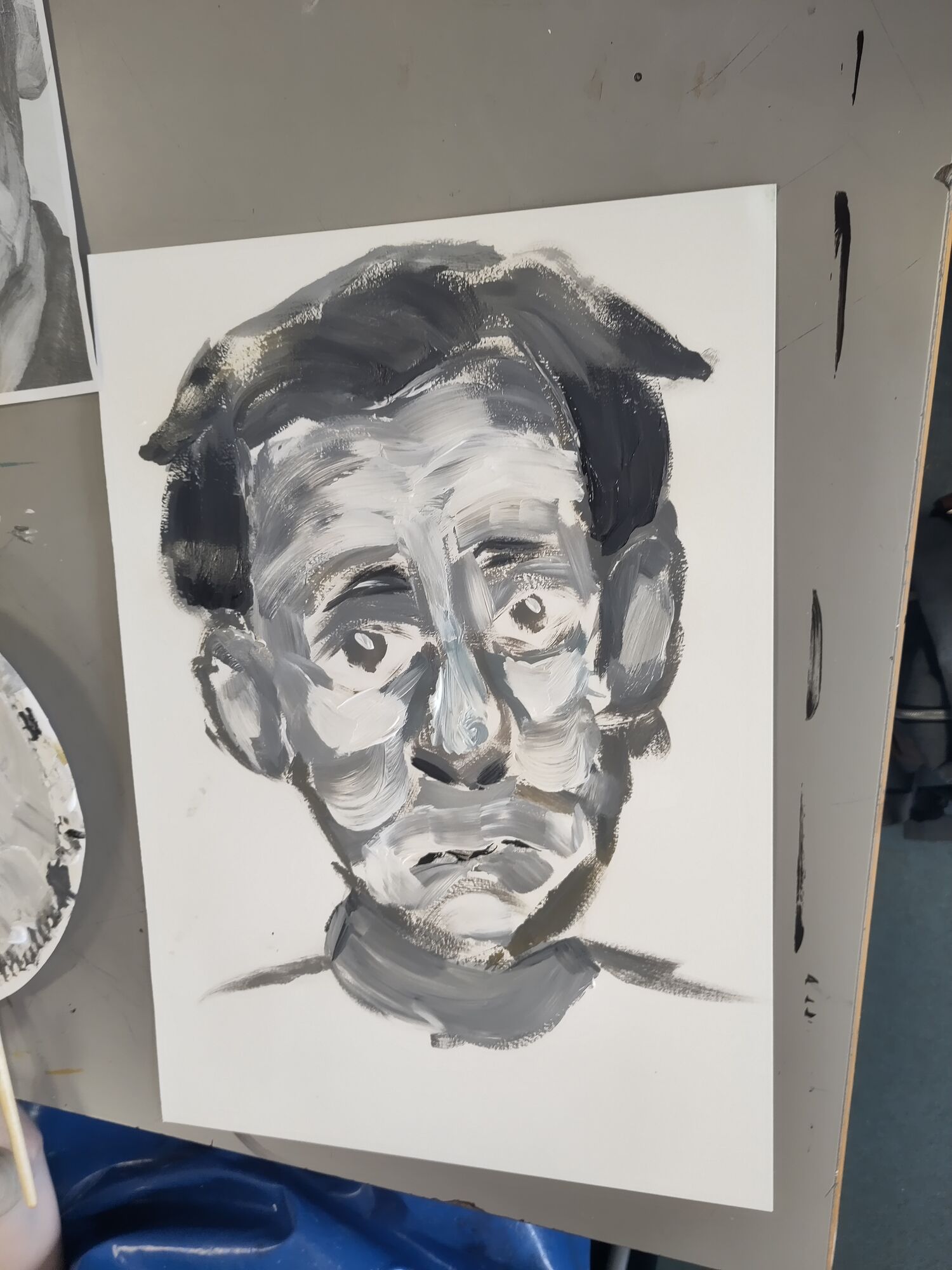
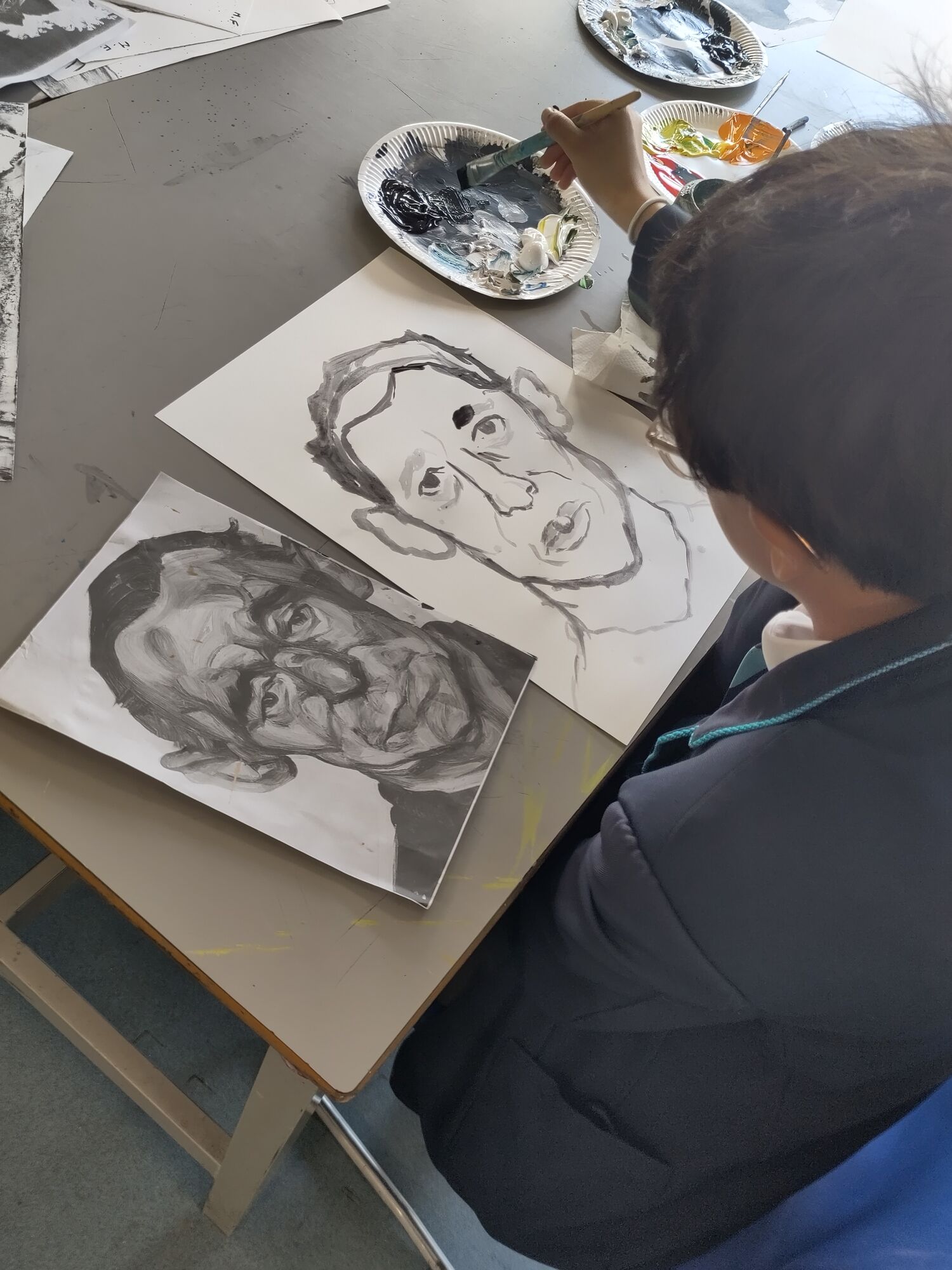
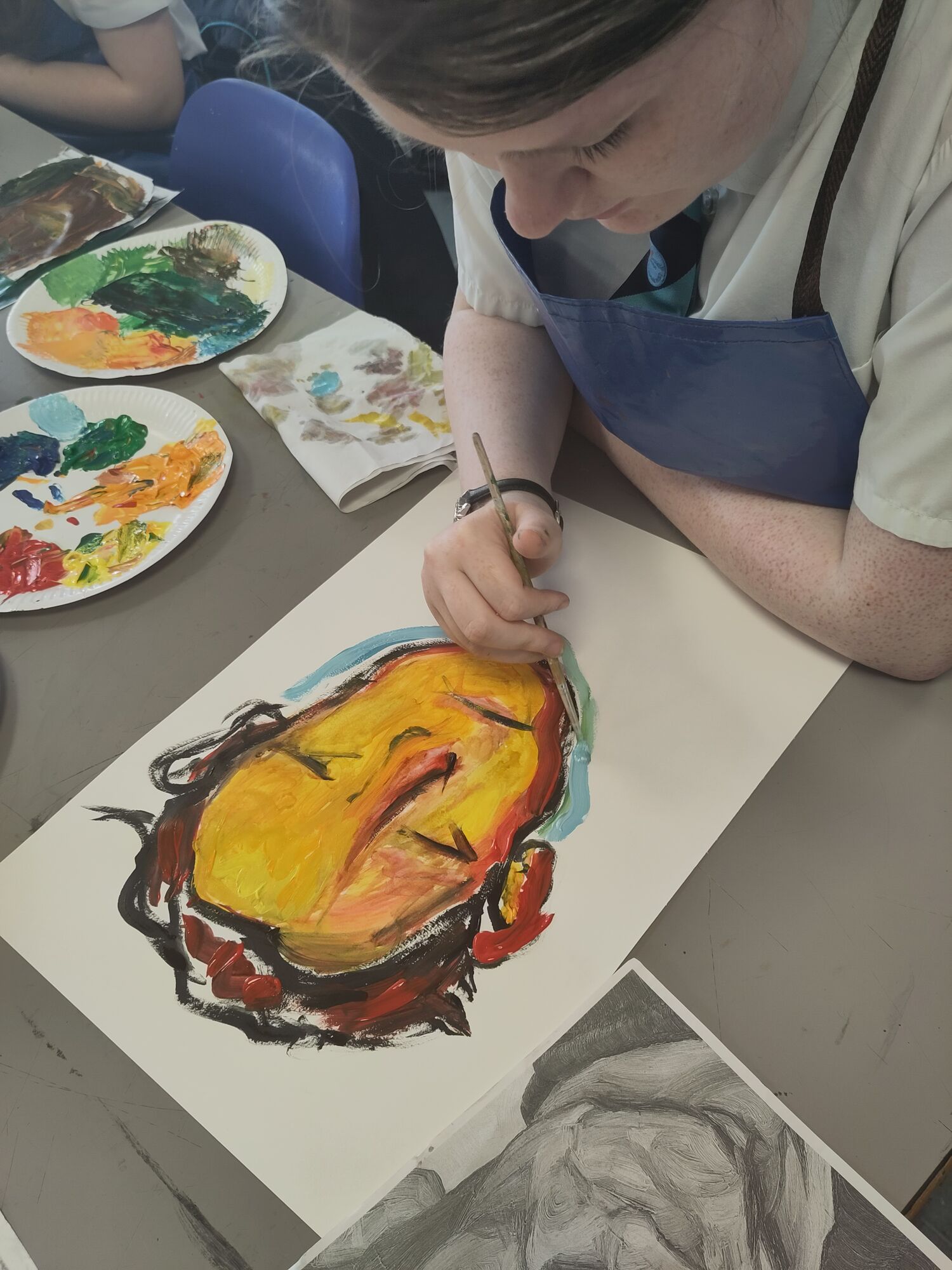
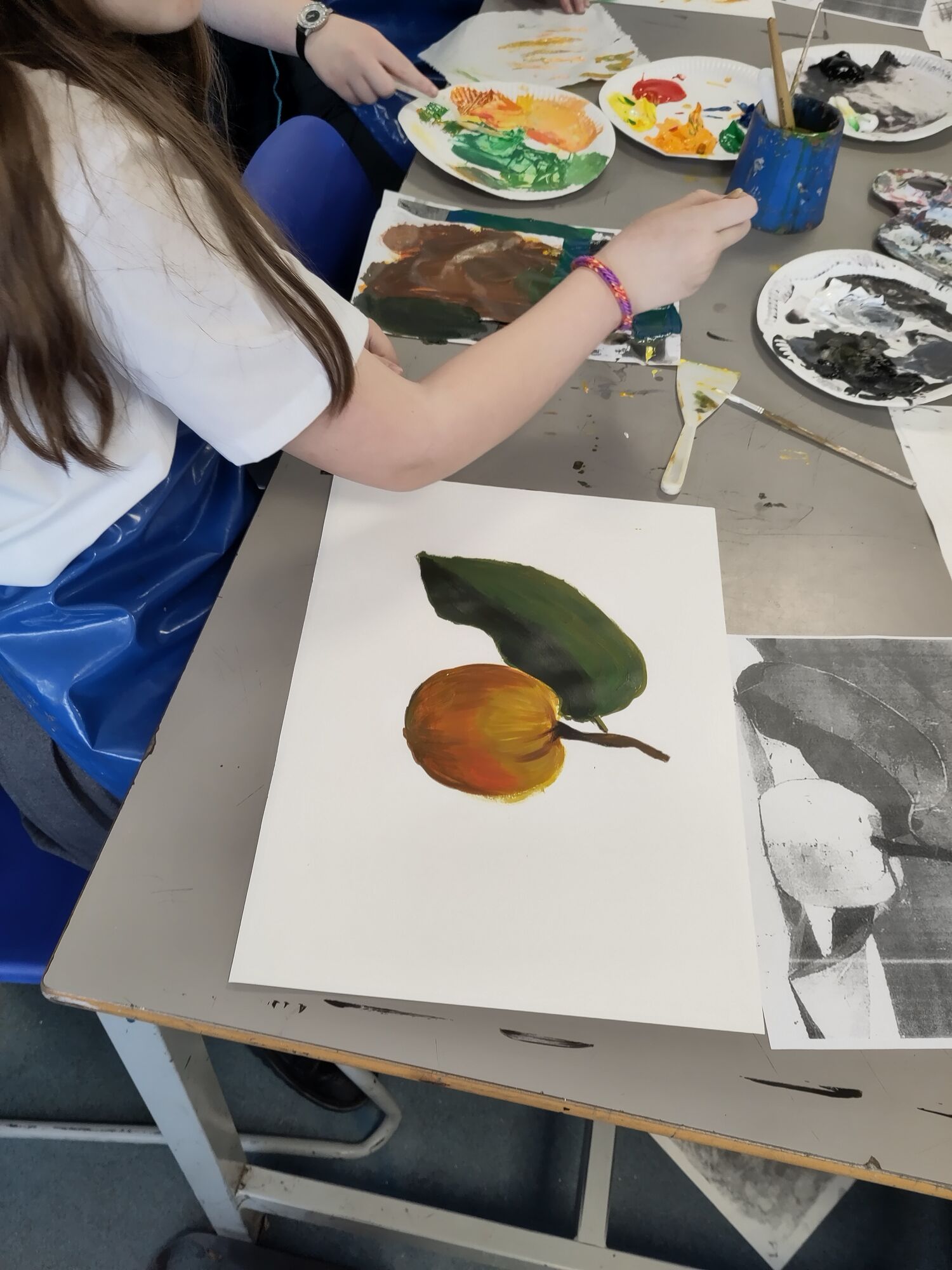
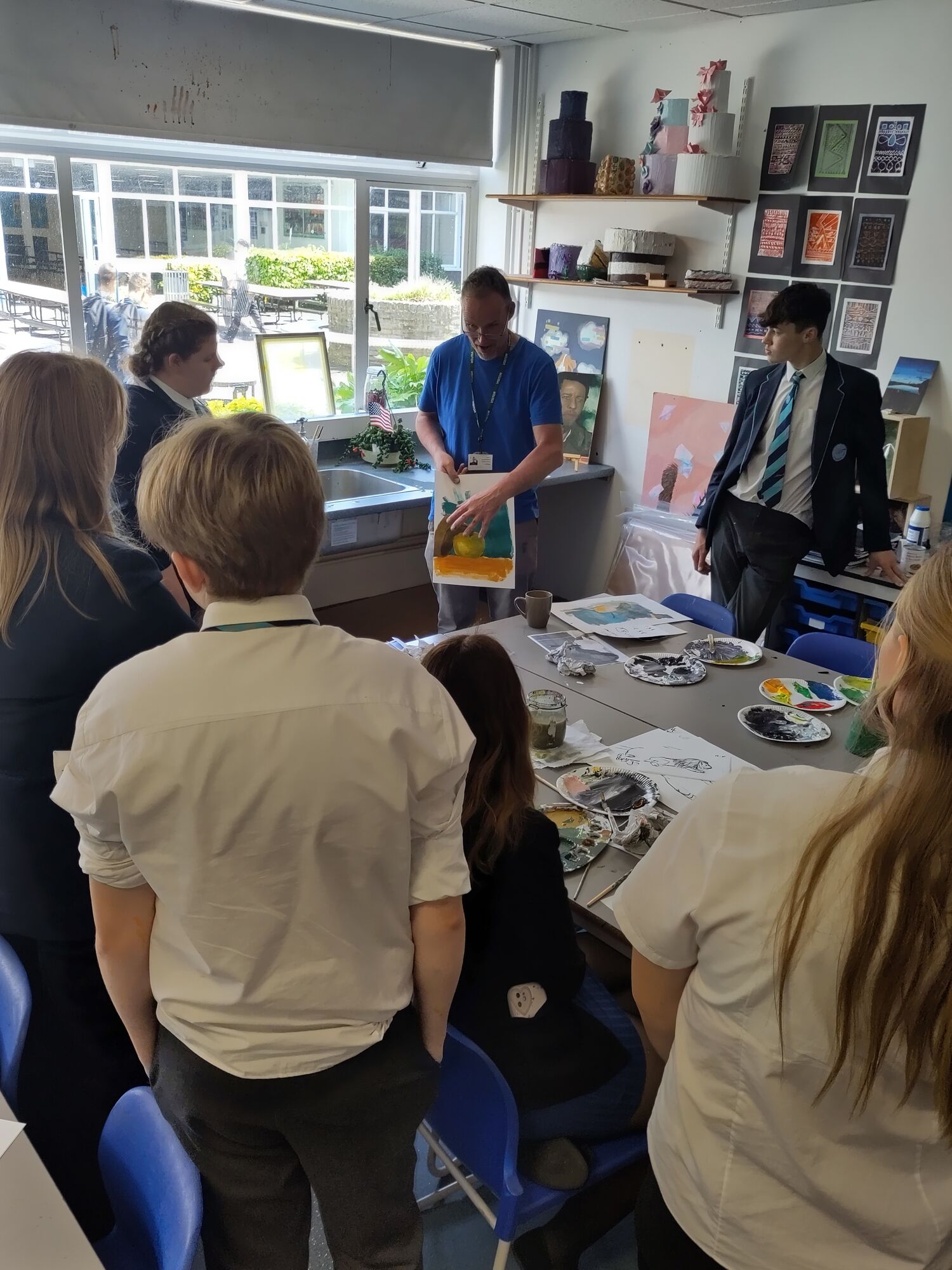
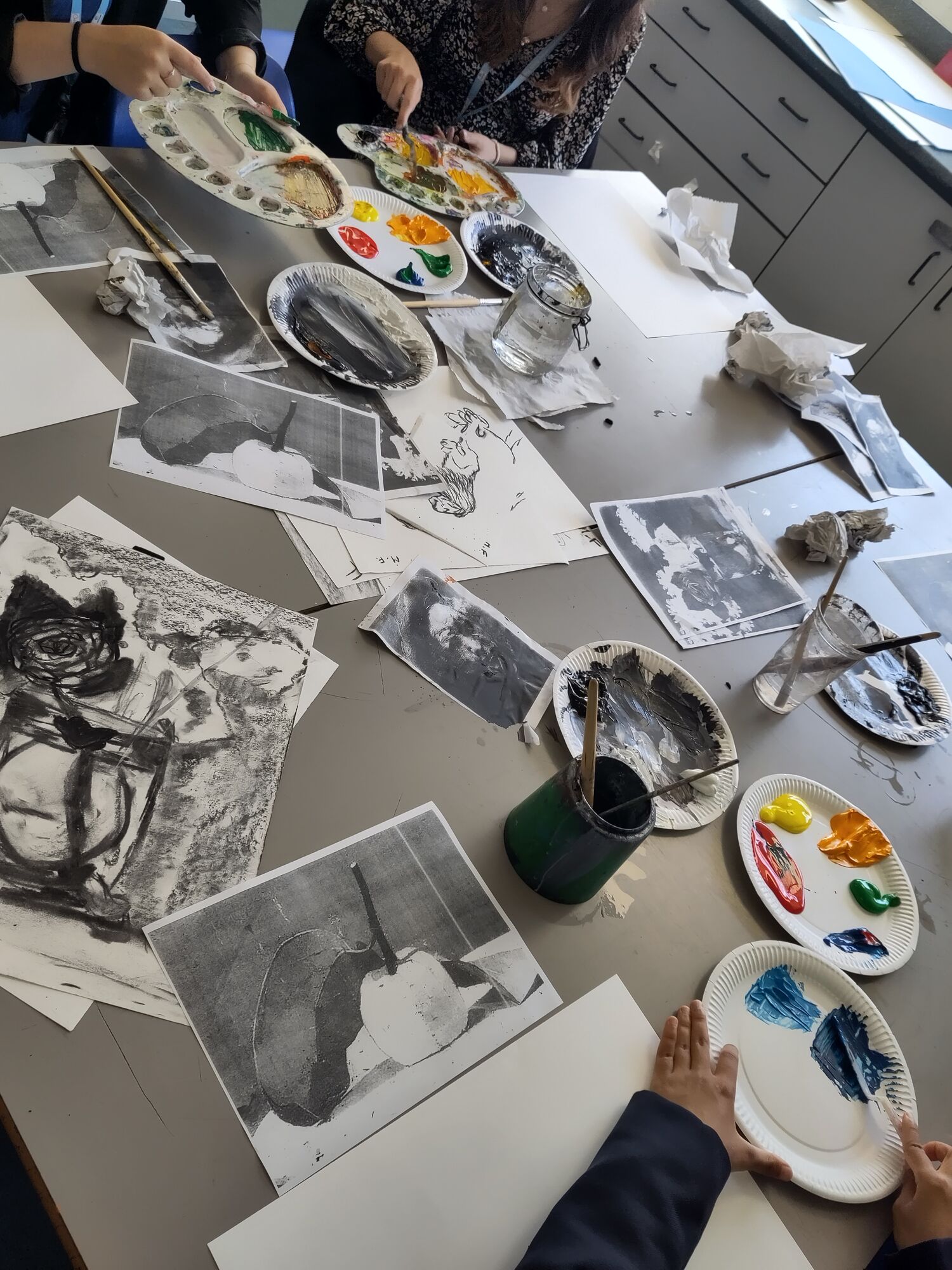
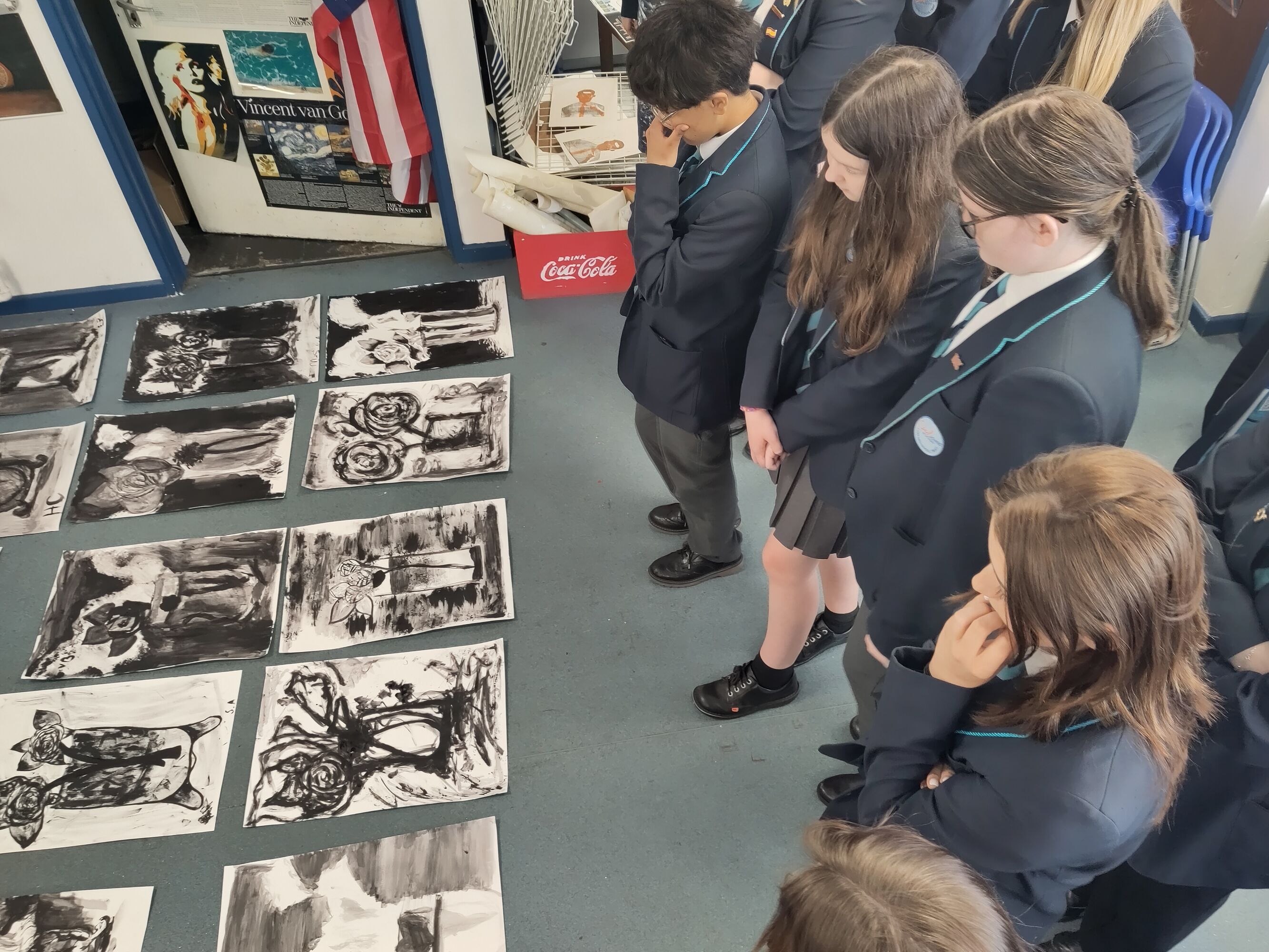
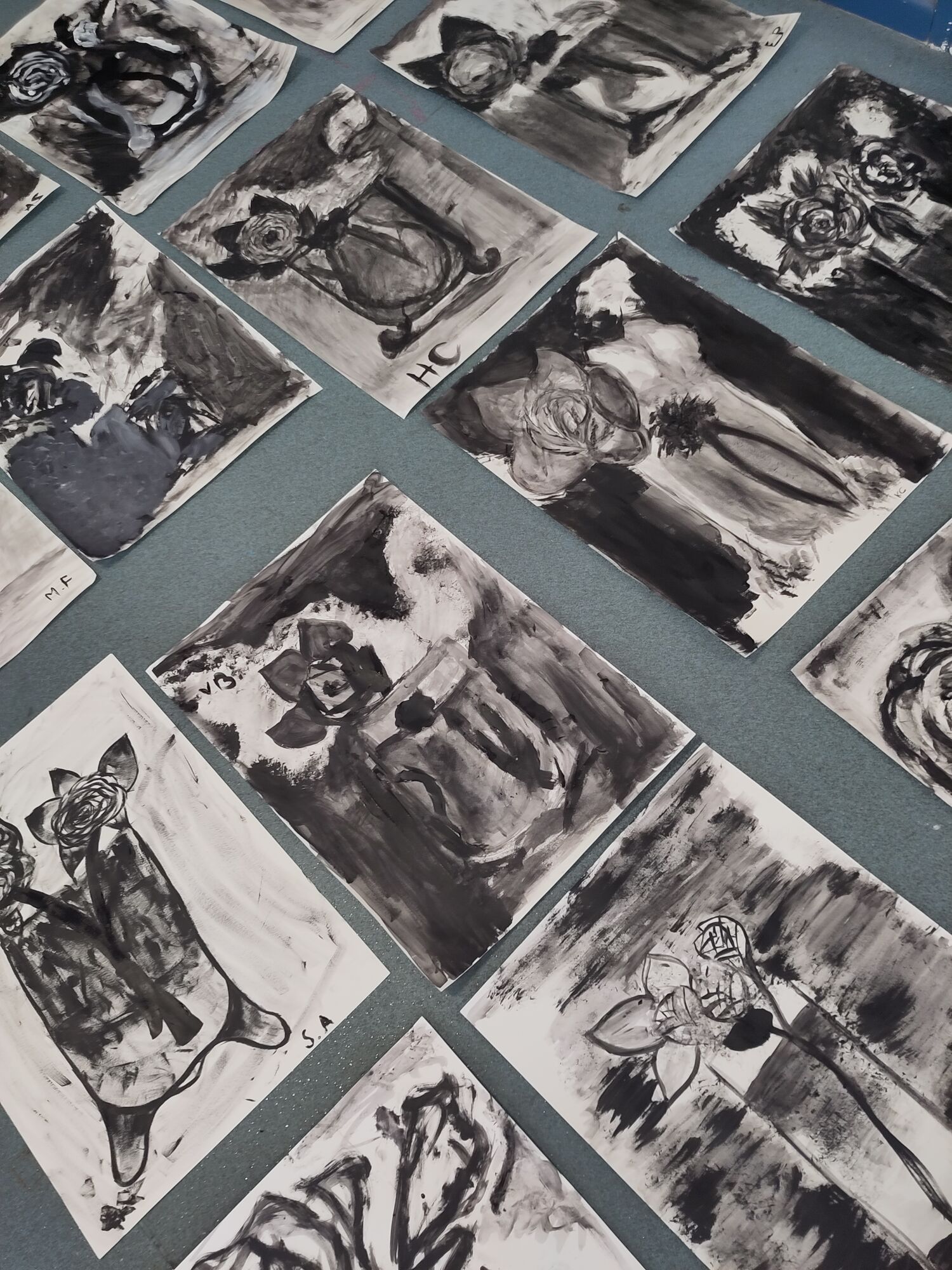

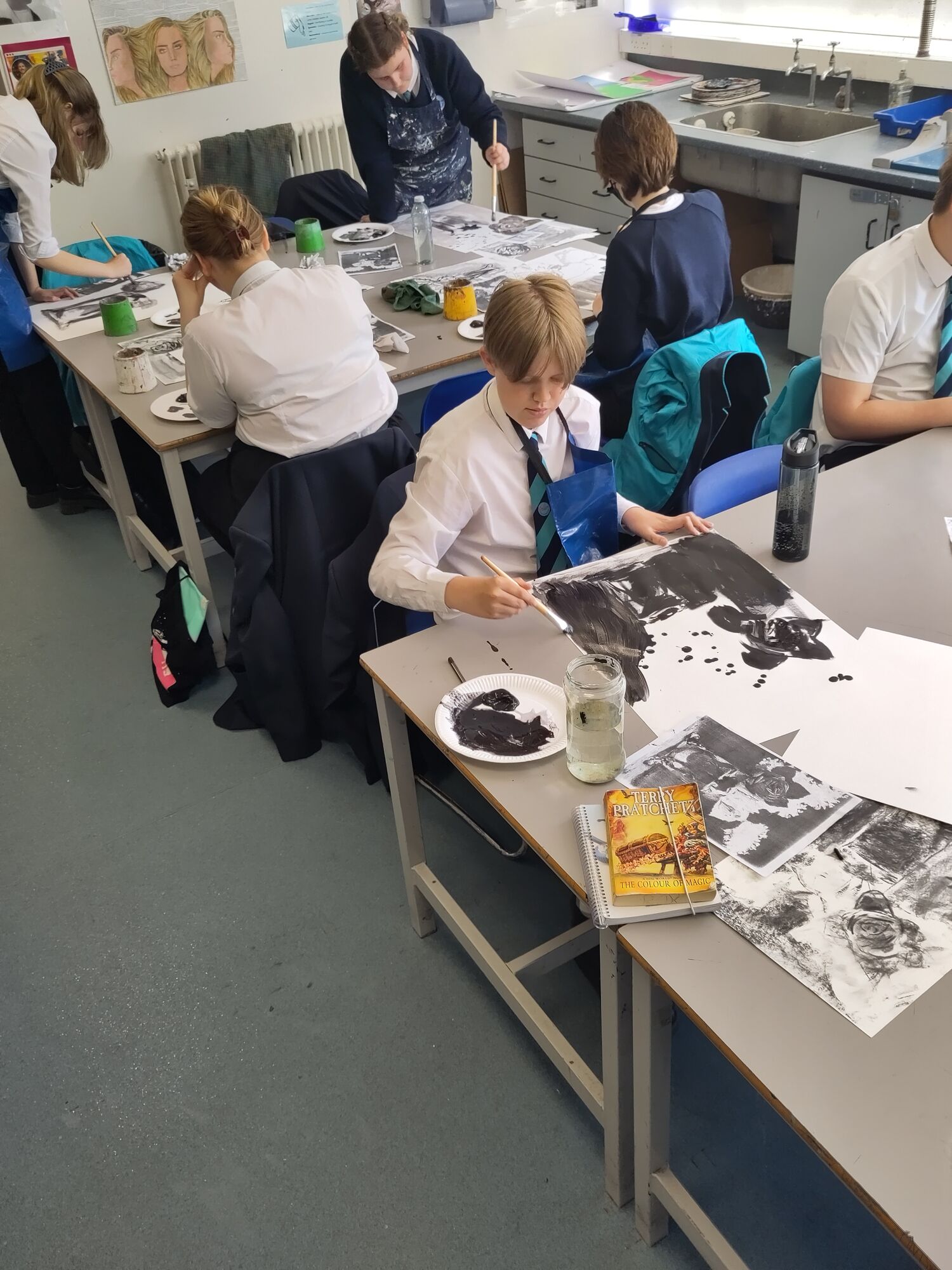
KS3
The Key Stage 3 curriculum is designed to develop students’ art skills such as drawing, painting, creativity and analysing artists’ work. Not only does this give them a solid base to undertake GCSE Art should they wish to, but also helps to boost their literacy and resilience using bespoke units of work covering a variety of art movements and themes.
Pupils will be taught to develop their creativity and ideas, and increase proficiency in their execution. They should develop a critical understanding of artists, architects and designers, expressing reasoned judgements that can inform their own work.
Pupils will be taught:
- to use a range of techniques to record their observations in sketchbooks, journals and other media as a basis for exploring their ideas
- to use a range of techniques and media, including paint, clay and collage
- to increase their proficiency in the handling of different materials
- to analyse and evaluate their own work, and that of others, in order to strengthen the visual impact or applications of their work
- about the history of art, craft, design and architecture, including periods, styles and major movements from ancient times up to the present day.
The Art department follows the Academy policy on homework. Homework tasks involve drawing, research, developing classwork or individual responses. It is essential a disciplined approach towards homework is taken in order for students to fully meet the course requirements. Students are welcome in the department at lunch and after-school for homework guidance.
Trips and Visits:
There will be a variety of trips and visits during the course of the school year.
How can I support my child at home?
Please ensure that your child is fully equipped for learning, including a pencil, ruler, rubber and sharpener. We expect students to come to class with homework completed to their best standard. Art teachers are available during lunch and after-school for guidance and help. Please check out Youtube.com for some great tutorials on drawing as well as Pinterest.com for visual inspiration. As always, websites should be accessed with parents’ permission first.
KS4
The Art department has continued to have results which are above national average. We endeavour to maximise the potential of all students who opt for this subject.
GCSE Art and Design cover four assessment objectives:
- AO1: to explore and develop ideas by investigating and researching the work of arts
- This is done through artist research, visual links and responses to their work, and through annotations
- AO2: to refine and experiment through different ideas and media, with a range of techniques
- This is done through producing sketchbook work in a variety of materials and techniques, including different paints, drawing materials (like charcoal and fine liner), photography, as well as more experimental media, like coffee and bubbles.
- AO3: to record and present ideas related to your theme
- This includes the use of primary observations (drawing from life), skill level and annotations
- AO4: to present a final outcome that clearly links to previous work
- This is your final outcome or piece for your units. This piece should relate to previous learning in your sketchbooks and clearly show off your knowledge, skills and understanding.
For more information related to the course specification, please see AQA’s website: https://www.aqa.org.uk/subjects/art-and-design/gcse/art-and-design-8201-8206 (AQA Art and Design code 8202)
Through the GCSE course students cover the following:
- Students are required to develop knowledge, understanding and skills relevant to their chosen art endorsement
- Through integrated practical, critical and contextual study that encourages direct engagement with original works and practice
- Students may work in any medium or combination of media. They can work entirely in digital media or entirely non-digital media, or in a mixture of both, provided the aims and assessment objectives are met
- Students must learn through practical experience and demonstrate knowledge and understanding of sources that inform their creative intentions.
- Intentions should be realised through purposeful engagement with visual language, visual concepts, media, materials and the application of appropriate techniques and working methods
- Students must develop and apply relevant subject-specific skills in order to use visual language to communicate personal ideas, meanings and responses
- Students must, over time, reflect critically upon their creative journey and its effectiveness in relation to the realisation of personal intentions
Course component breakdown
The students will cover two components of practical work:
Component one: internally-set coursework units, commencing in Year 10, worth 60% of your GCSE
Component two: an externally-set assignment designed by the exam board, worth 40% of your GCSE
Homework expectations
The Art department follows the Academy policy on homework. Homework tasks involve drawing, research, developing classwork or individual responses. It is essential a disciplined approach towards homework is taken in order for students to fully meet the course requirements.
Students must come to school equipped to learning, including by having a pencil, rubber, sharpener and ruler. Coloured pencils and other materials are welcomed, but not required. Students should ensure that they meet deadlines set and take full advantage of lunch-time and after-school sessions within the department.

